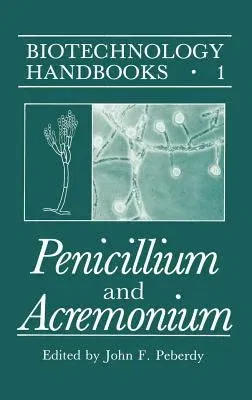Penicillium and Acremonium (1987)Hardcover - 1987, 31 August 1987

Qty
1
Turbo
Ships in 2 - 3 days
In Stock
Free Delivery
Cash on Delivery
15 Days
Free Returns
Secure Checkout

Part of Series
Biotechnology Handbooks
Part of Series
Plenum Studies in Work and Industry
Print Length
298 pages
Language
English
Publisher
Springer
Date Published
31 Aug 1987
ISBN-10
0306423456
ISBN-13
9780306423451
Description
Product Details
Book Edition:
1987
Book Format:
Hardcover
Country of Origin:
US
Date Published:
31 August 1987
Dimensions:
24.18 x
16.38 x
3.33 cm
Genre:
Ecology
ISBN-10:
0306423456
ISBN-13:
9780306423451
Language:
English
Location:
New York, NY
Pages:
298
Publisher:
Weight:
621.42 gm